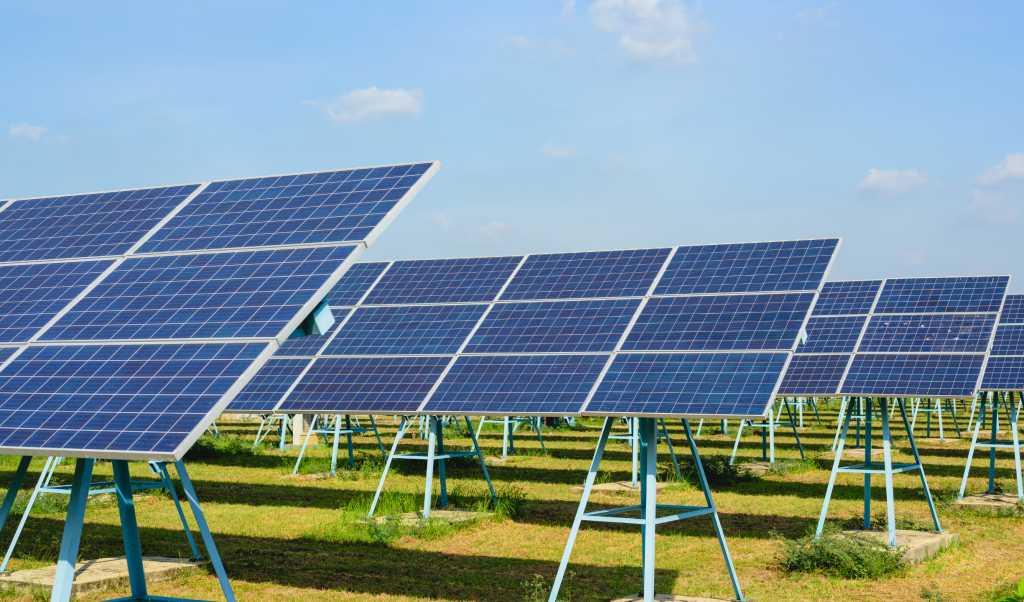Choosing the right solar photovoltaic (PV) system for your home can be a daunting task, given the variety of installation styles available. For any kind of system, orientation and tilt is important to consider. Whether you are looking at an in-built, on-roof, ground-mounted, or flat-roof system, the benefits and considerations of each should be examined. In this blog post, we will look at each of the solar PV styles mentioned, which we hope will help you make an informed decision about what best suits your home and energy needs.
Optimal Orientation and Tilt for Solar Panels in Northern Ireland
In order for your system to work optimally, the panel orientation and tilt/angle should be considered. The best orientation for solar panels is true south, as this maximises sun exposure throughout the day, ensuring the highest possible energy yield.
East-west systems can also be effective. Panels facing east and west capture sunlight during the morning and afternoon, respectively.
The ideal tilt angle is considered to be between 30 & 45. Take a look at this solar panel title angle calculator, which calculates your ideal PV tilt according to your postcode.

In-Built versus On-Roof Solar PV Systems
In-built solar PV systems are also called integrated systems – incorporated into the building structure, with solar panels built to be flush with the surrounding roof. Many customers prefer the in-built look for new-build homes, as they provide a sleek aesthetic while reducing costs for the roofing material. The in-built systems are also more wind-resistant. However, they are typically more expensive to install due to the complexity of integration and the need for specialised labour.
Another type of in-built/integrated system uses solar tiles. Take a look on the GB-Sol site, where you can see examples of the blue-grey, “slate-like” solar tiles. Although more seamless, these can often be much more costly compared to in-built solar panels and on-roof systems.
On-roof solar PV systems are the most common type of installation that you have undoubtedly seen on some homes in your area. Here, solar panels are mounted on top of the existing roof structure using racking systems. This method is less intrusive
than in-built systems and is easier and faster to install. On-roof systems are also more flexible, allowing for adjustments and repairs without affecting the roof structure. While the installation is less expensive than in-built systems, the aesthetics might not be as smooth.
If you’re not sure what will work best for you, get in touch with our friendly team at First Class Solar, and we can help advise what would work best for what you need!
Flat Roof Solar PV Systems
Flat-roof solar PV systems are installed on roofs with a low slope, using mounting structures to angle the panels toward the sun for maximum exposure. Flat roof systems are ideal for commercial buildings and homes with flat roofs. The installation is relatively straightforward, but careful consideration must be given to the system weight and wind load on the flat roof – this affects the ballasting & load required to ensure your panels are securely weighted down on your flat roof. The flexibility in panel orientation allows for maximal energy production, but the mounting structures can increase installation costs.
Ground-Mounted Solar PV Systems
Ground-mounted solar PV systems are installed on the ground rather than on a roof. Of course, this style of system is often not suitable for homes without lots of spare land space! It is, however, popular in agricultural settings or larger country homes. Ground-mounted systems can be oriented for optimal sun exposure and are easy to maintain. However, they require more space and may involve higher installation costs due to the need for additional support structures and potential site preparation, such as ducting for cables. Ground-mounted systems also require planning permission from your local council if the system size is above a certain square meterage. (Please check with your relevant council for exact specifications).

Selecting the appropriate solar PV system involves careful consideration of various installation styles, available panel orientation and tilt. In-built, on-roof, ground-mounted, and flat roof systems each offer unique benefits and challenges – the system you choose needs to work with the home and space that you have. Additionally, looking at panel orientation, whether true south or an east-west configuration, can significantly impact the output and efficiency of your solar energy system. By understanding these factors, you can make an informed decision that maximises energy production, cost savings, and environmental benefits, ultimately finding the best solar PV solution for your home.

